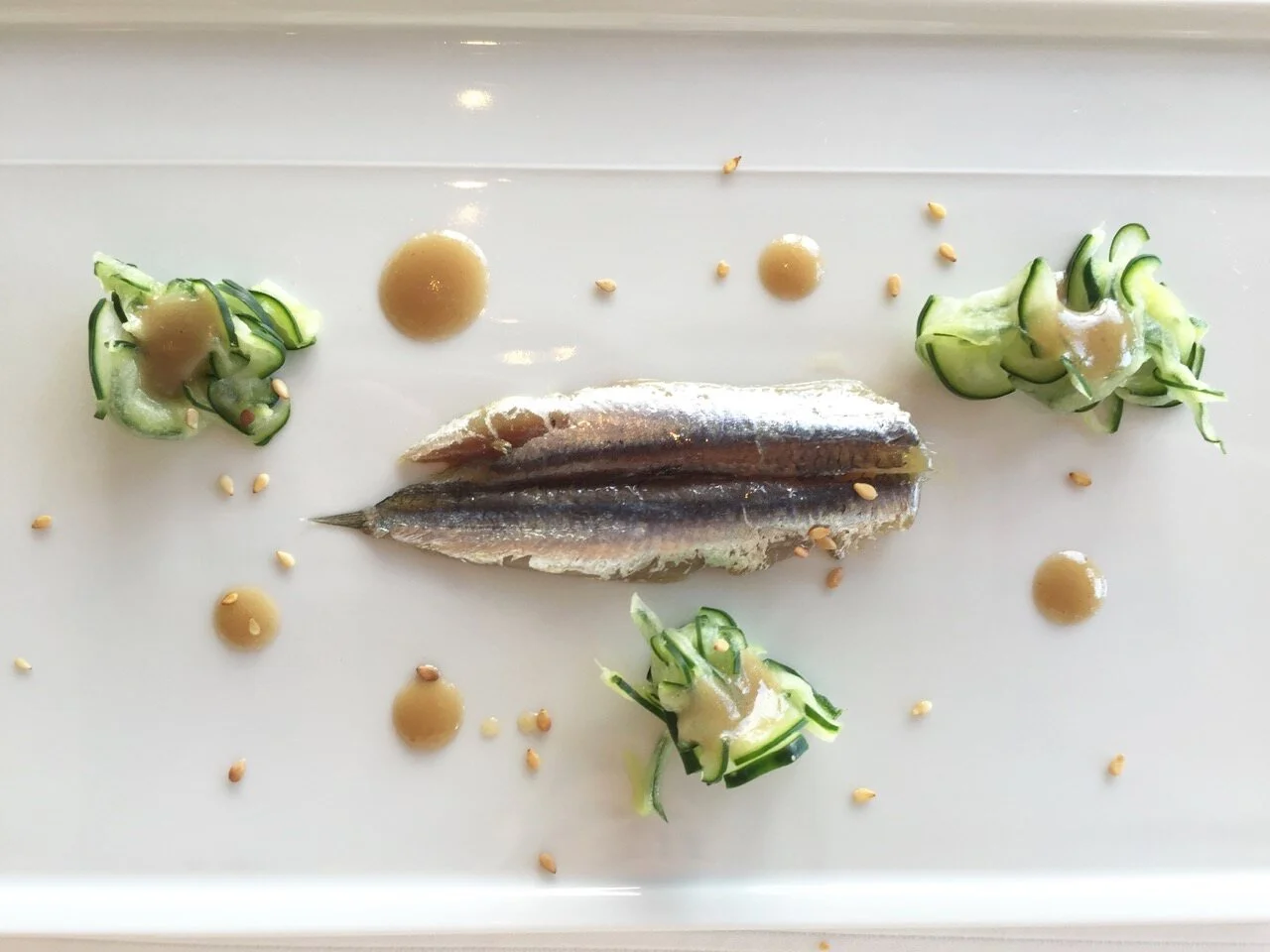Photo: CC/Pierre-Yves Beaudouin
World Cheese Encyclopedia - Each Sunday learn all about a new cheese.
This week Aisy Cendré from France.
Photo CC/Pierre-Yves Beaudouin
Country: France
Region: Burgundy
Made from: Cow’s milk
Pasteurised: No
Texture: Creamy, smooth, runny
Taste: Salty, smokey, herbaceous, powerful
Certification: No
Ageing: 5 weeks
Aisy cendré is a semi-soft French farmhouse cheese made in Époisses, in the Burgundy region and named after the nearby town of Aisy-sous-Thil. The word cendré means ashen and reflects the fact that the cheese is covered with a thick layer of ashes which gives it a distinct look and flavor. It is made from unpasteurized cow’s milk.
Photo CC/Pierre-Yves Beaudouin
The cheese is first washed in marc de Bourgogne before being rolled in ashes which then cover its rind. Because of the ash it has a grey color.
Its paste has a slightly smoked aroma and ripens into a soft texture, but is typically eaten while still firm.
It takes at least one month to mature. As it ripens the pate gets softer but it can be eaten and enjoyed when it is firm, and in fact, many people prefer the firmer version. It is chalky and white in color. It is rich and creamy with a high-fat content of 50% It is a very powerful cheese with a strong, slightly smoky aroma. The flavor is salty, smoky and strong.
Aisy cendré is sold in small 8 oz wheels.
Photo: Nicolas
History
Aisy Cendré is made by the Berthaut dairy which is based in Époisses and produces Époisses cheese which was first made by Cistercian monks at the Abbaye de Pontigny and the Abbaye de Fontenay in the 15th century. Aisy Cendré is an evolution of Époisses. It was originally made with the milk of cows of the Eastern Red Pie breed and it is said that it was used to feed the workers during the months of the grape harvest.
How to enjoy it
Aisy Cendre’s strong flavor goes very well with apples and pears. Pair it with a local full-bodied Burgundy like a Cotes de Nuits Villages.
Sources: LeCheese, Wikipedia, Cheese.com, Au Fromager de Rungis, Nicolas, TasteParis
Have you always dreamed of becoming a better cook? Now you can with our online video cooking classes































